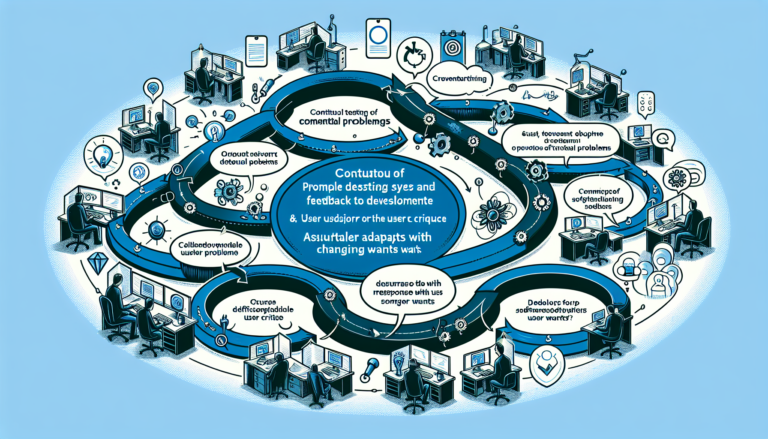Unlock Business Success: Transform Feedback into Strategic Growth
Harnessing the Power of Feedback to Drive Business Growth
In today’s competitive business environment, where understanding your audience is crucial, feedback serves as a powerful tool for driving growth and innovation. By leveraging feedback loops, businesses can gain valuable insights into customer preferences, enabling real-time adaptation and strategic development.
The Strategic Advantage of Feedback Loops
Feedback loops are essential for businesses looking to stay competitive. They enable real-time adaptation and customer-focused innovation, setting successful companies apart. Engaging with users provides actionable insights that help tailor products and services to better meet market demands.
Not only does feedback improve products, but it also enhances customer relationships. When businesses prioritize listening, they foster enhanced customer satisfaction, turning consumers into brand advocates. This engagement builds trust and establishes long-term loyalty.
Implementing Effective Feedback Loops
To maximize the benefits of feedback, businesses must establish diverse channels for capturing insights. Surveys, social media, and direct customer interactions are invaluable for collecting comprehensive data. The real challenge lies in analyzing this data to uncover actionable patterns and themes.
Once insights are gathered, businesses should focus on prioritizing feedback that aligns with their strategic objectives. This approach ensures that changes are impactful and relevant to both customer needs and company goals. Seamlessly integrating feedback into the business strategy enhances satisfaction and drives performance.
Overcoming Challenges in Feedback Management
Managing feedback comes with its own set of challenges. Navigating the vast volume of data requires businesses to focus on what’s truly important, filtering through the noise to prioritize actionable insights. Continuous commitment to seeking and integrating feedback fosters ongoing improvement and innovation.
Consider a technology firm that reimagined its software interface based on user feedback, leading to increased satisfaction and reduced support requirements. Similarly, a retail company aligned its offerings with customer reviews, resulting in a significant sales boost. These examples underscore the transformative impact of effective feedback management.
Conclusion: Embrace Feedback for Business Success
Feedback is more than mere commentary; it’s a strategic asset that guides continuous improvement and innovation. By embedding feedback within strategic frameworks, businesses position themselves to capture new opportunities and achieve sustainable growth. To explore more about integrating feedback into your strategy, visit this resource that offers insights into navigating today’s digital landscape.






